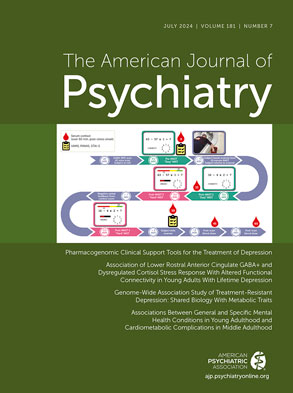The authors’ question is, Do facial displays express emotional states or do they communicate social motives? Neither position is right or wrong.
We cannot understand the interrelations between nonverbal behavior and its social context if the contextual information is not taken into account. In The Social Context of Nonverbal Behavior, 34 authors in twos and threes contribute 14 chapters. No author’s graduate degree or academic rank is revealed. Most chapters partially repeat the same ground as other chapters.
This work gives very few concrete findings. It attempts to answer unsolved questions about communication. Original research by the authors is only a minor feature; most cover what can be gleaned from the literature. In looking for research on a subject, most of us are not satisfied with “it would seem” or “it appears that.” The tremendously long bibliography appended to each chapter is a plus.
What did I learn from materials presented? I learned that “much expressive behavior is ambiguous.” Motor mimicry is present at birth. Incidentally, why does not someone research the meaning of a baby’s cries? While still nonverbal, the infant is trying to communicate—at least so thinks the frustrated parent, grandparent, or nanny.
I also learned that “culturally specific decoding rules change, intensify, de-intensify, or mask the perception of emotional expression”; that “subjects mimic…a confederate more when…under threat”; and that “mimicry…fosters… rapport between interaction partners.”
One chapter reports that children become more aggressive by imitating television violence—they are not aware that television exaggerates and misrepresents real life. Another chapter reports that, when observed, men are less expressive of pain or disgust than when they are alone. In another chapter, we are told that in 1862, Duchenne noted that smiles of enjoyment involved not only the mouth muscle (zygomatic major) but also the muscle that circles the eyes (orbicularis ocularis). The “false smile” is any smile that does not involve contraction of the orbicularis ocularis muscle. The presence of upturned corners of the mouth and of wrinkles around the eyes can be interpreted as signaling happiness. “When a specific universal emotion is elicited, a specific set of facial muscles is activated.”
Is it true that it takes 27 muscles to smile and 147 to frown
(1)? In humans, as in rhesus monkeys, according to chapter authors, “emotion expression is lateralized in the right cerebral hemisphere.” An adequate prefrontal cortex is central to a child’s ability to learn social sensitivity. Seven universal facial expressions of emotion are differentiated: joy, sadness, anger, fear, surprise, disgust, and contempt. Happiness and surprise are easier to recognize than anger, disgust, fear, or sadness.
One group of authors tell us that “a culture develops rituals to deal with the anxiety created by uncertainty.” Naughty boys adopt “flat” facial expressions but reveal tension by fidgeting and touching their faces and bodies. “Spontaneous expressions of blind children do not differ from the expression of sighted children.” Whether emotion is masked with another emotion or no emotion at all is shown varies among cultures. In society there are “display rules” and “feeling rules” even for children. Consistency in maternal expressiveness across contexts is associated with secure attachment in infancy. Parental expressiveness is associated with positive sociality in children, such as helpfulness, concern, attention to others, and sympathy. Healthy girls have more ability than boys to manage expression of negative feelings. Sick children in the hospital usually do not inhibit negative feelings. Even adults “cry when the situation requires a personal embodied form of expression that transcends what language can do.”
The chapter authors report that nonverbal behavior is important in establishing and maintaining dominance—“body politics.” In the presence of another person, we tend to conform to conventional public standards of expression. Shy people have difficulty with eyeball-to-eyeball confrontation. Remember Sartre’s definition of hell: someone sits forever looking directly into your eyes (ophthalmologists excepted).
The person with schizophrenia thinks he or she can read another’s mind, but an autistic child does not even try. According to chapter authors, “No one behavior always occurs when a person is lying.” We lie to our physicians unconsciously; we lie to our intimates. In poetry, Shakespeare admitted that he liked it that way.
The practical value of the compendium under review is questionable, but it is suitable as a library reference. A key reference in several chapters is Charles Darwin’s book,
Expression of the Emotions in Man and Animals (2). Darwin concluded that facial actions during emotion reflect movements once functional for the organism—the raising of eyebrows when a person is surprised serves to increase visual input (but fear is often taken for surprise). Not much firm knowledge on the subject has been added.

